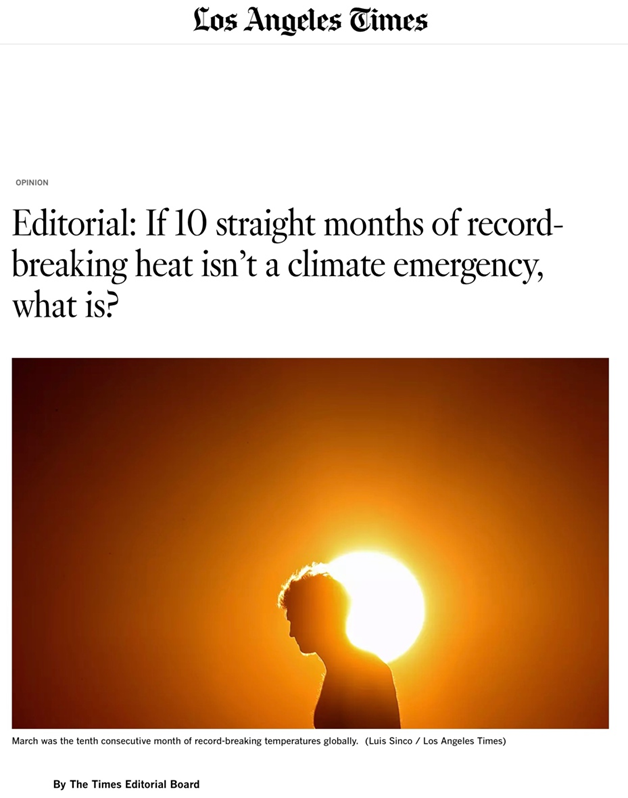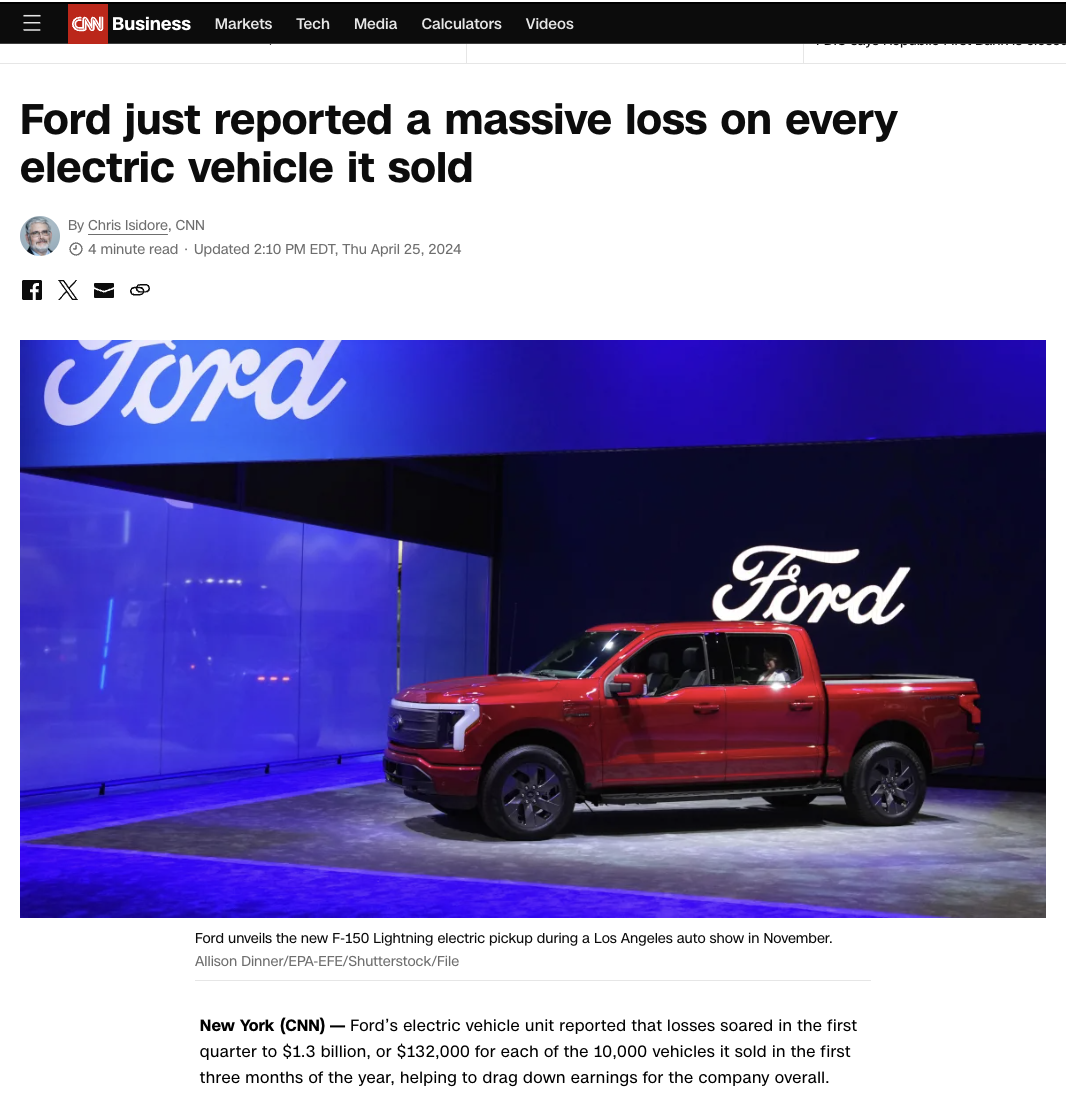Analysis by Dr. Joseph Mercola
- The White House released plans to convert massive commercial properties into affordable “zero-emission” housing
- The White House announcement is peppered with Great Reset buzzwords, like “clean energy economy” and “zero emissions housing,” and echoes the agendas being pushed by globalists
- The “much-needed housing” will provide more room to house the influx of illegal immigrants being driven into the U.S. by drug cartels
The White House released plans to convert massive commercial properties into affordable housing. Along with promoting energy efficiency and “zero emissions conversions” — classic technocrat dictates — the “much-needed housing” will provide more room to house the influx of illegal immigrants1 being driven into the U.S. by drug cartels.
In the October 2023 fact sheet, which touts the developments as “transit-oriented” and a method to “increase housing supply,” it’s stated:2
“[T]he Biden-Harris Administration is announcing new actions to support the conversion of high-vacancy commercial buildings to residential use, including through new financing, technical assistance, and sale of federal properties.
These announcements will create much-needed housing that is affordable, energy efficient, near transit and good jobs, and reduce greenhouse gas emissions, nearly 30 percent of which comes from the building sector.”
Paving the Way for a Surveilled, Green ‘Utopia’
The White House announcement is peppered with Great Reset buzzwords, like “clean energy economy” and “zero emissions housing,” and echoes the agendas being pushed by globalists.
The Green New Deal (Green Agenda), “Build Back Better,” the Fourth Industrial Revolution3 (the transhumanist movement) and The Great Reset, officially introduced by World Economic Forum founder Klaus Schwab and then-Prince Charles in June 20204 — all exist to further and facilitate the implementation of Agenda 21.
Agenda 21 (Agenda for the 21st Century) is the inventory and control plan for all land, water, minerals, plants, animals, construction, means of production, food, energy, information, education and all human beings in the world. The European Green Deal is more of the same — introduced by the European Commission in December 20195 to, in part, replace fossil fuels with “cleaner” energy sources.
The White House cites data showing that office vacancies are at a 30-year high,6 straining local economies, while affordable housing is lacking and communities are looking for ways to cut emissions from buildings and transportation. Vacant commercial properties will be repurposed into affordable housing that will be close to transportation, “green,” and ideal for building the smart cities that take away your privacy and autonomy and allow for further surveillance and control.
The proposal aligns with the Great Reset agenda,7 which suggests shared goals, such as equality and sustainability, should be at the heart of government and private investments, and rather than funneling government recovery funds and economic-stimulus funding to “fill cracks in the old system,” these should be used to “create a new one that is more resilient, equitable, and sustainable in the long run.”
Schwab added, “This means, for example, building ‘green’ urban infrastructure and creating incentives for industries to improve their track record on environmental, social and governance (ESG) metrics.”8
It all sounds well and good, except, as Technocracy News reported in June 2020, “the promised Utopia comes with a price — it sets shackles on our personal freedom …”9 This could certainly be the case for those living in these affordable, green, smart cities.
As investigative journalist Corey Lynn tweeted, “Here we go … Converting/rezoning commercial buildings to net zero multiuse residential to fill up those abandoned buildings in cities and build their dream smart cities (and likely make room for illegal immigrants), complete with a 54-page guidebook.”10
The required sacrifices do not apply to the technocrats running the system, however, so ultimately The Great Reset will result in two tiers or people: the technocratic elite, who have all the power and rule over all assets, and the rest of humanity, who have no power, no assets and no say-so in anything.
Zero emissions housing sounds like a good thing on the surface. But the notion can be traced back to decades’ old plans to implement a totalitarian future. In order to establish a new world order, there need to be problems that are global in scope. One of the problems, prior to the COVID-19 pandemic, was the environment.
In 1972, a United Nations meeting about climate change was held to come up with a plan to manage the planet in a sustainable manner. This led to the creation of Agenda 21.11 In 2019, WEF entered into a strategic alliance with the United Nations, which called for the UN to “use public-private partnerships as the model for nearly all policies that it implements, most specifically the implementation of the 17 sustainable development goals, sometimes referred to as Agenda 2030.”12
Agenda 2030 is aimed at reducing middle-class’ consumption of basic goods and energy, which includes limiting, with an eye toward eliminating, property rights and private ownership for future generations, along with targeting such “luxuries” as ownership of electric appliances and motor vehicles along with suburban housing and air conditioning.13
It’s easy to see how turning high-vacancy commercial spaces into high-density housing fits right into this plan.
How Smart, Net Zero Mandates May Steal Your Autonomy
A practical example of how privacy may gradually disappear in these converted commercial spaces is the likely installation of smart devices in the residences. With each smart device that you welcome into your home — such as connected alarm clocks, vehicles, refrigerators and doorbells — another layer of your personal life is revealed.
This is certainly true of smart meters, which are officially known in the U.S. as advanced metering infrastructure (AMI) installations. In 2020, 102.9 million such smart meters were installed by U.S. electric utilities, about 88% of them in personal residences.14 AMI meters measure and record electricity usage at least every hour, if not more, and provide the data to the utility company and consumer at least once a day.



